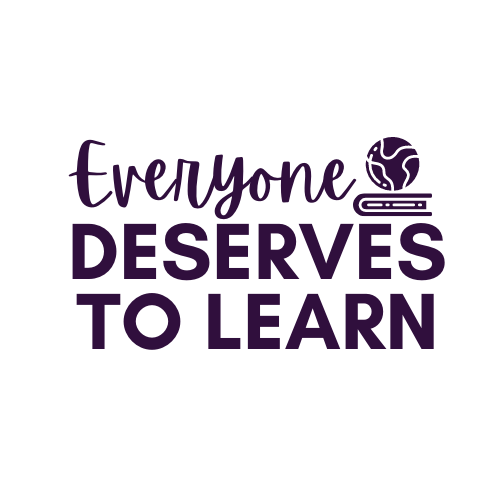Reading Interventions for the Content Areas: Fluency Practice
Fluent reading is the key that unlocks comprehension. Struggling to read words with automaticity and accuracy drives brainpower away from making meaning. When that’s the case, making meaning out of long, wordy science and social studies texts with unfamiliar names and places becomes an arduous task.
Let’s imagine that we have an 8th grade class, heterogeneously mixed, tasked with reading, comprehending, discussing, and writing about the Preamble to the Constitution. Go back and read that again- they need to read the Preamble.
The Preamble to the Constitution
It’s a heavy load for adults, let alone 8th graders who may be struggling with reading. So where do we start? We’ll start with a structure called repeated reading, where we read the text 3-4 times. Repeated reading allows students the chance to practice their fluency with the goal of increased comprehension. Before each read, we’re going to set a purpose for reading…things like reading for expression, reading to identify unknown words, reading to answer questions, etc. If you have a group of students working on segmenting multisyllabic words, a purpose for reading could be finding those words within the text.
Here’s what it would sound like in a gen-ed classroom:
Teacher: “Ok, class- today we are reading one of my favorite primary source documents, called the Preamble to the Constitution. We’re going to read it multiple times with the goal of being able to read it fluently enough to comprehend it. For this first read, I want you to listen to me, because I want you to hear how it sounds when it’s read fluently.
Teacher reads.
Teacher: “Wow- lots of multisyllabic words in there. Before we read it chorally, I want you to go in and underline any words you hadn’t heard before, or don’t understand. We’ll make a list on the board and go through them. (Proceed to segment multisyllabic words, identify syllable types if necessary, and quickly discuss meanings.)
Class reads.
Teacher: “Now, we’re going to read it chorally (together) and be careful to pause at the commas. That will help us practice our prosody.“
Class reads.
Teacher: “Next, I want you to either whisper read or read it silently. Let’s think about these questions while we read: who wrote this, who is it for, and what is it trying to tell us?”
Class reads.
Class discusses the three questions posed prior to reading.
What we’ve done here is seamlessly blend phonics, vocabulary, and fluency into social studies content. The repeated reading strategy works with all passages, not just the Preamble. Better, smoother fluency = better comprehension.
One last thing- research tells us that in addition to repeated reading of instructional texts, students should be reading a wide range of texts that exposes them to a variety of styles of syntax and semantics. In the case of the Preamble, there are a bounty of texts available that deal with the writing of and meaning of the Constitution. If you don’t already have one, consider adding a shelf of digital or printed titles that connect to your content area.
For more information about increasing fluency in grades 4-9, check out the What Works Clearinghouse Practice Guide.


